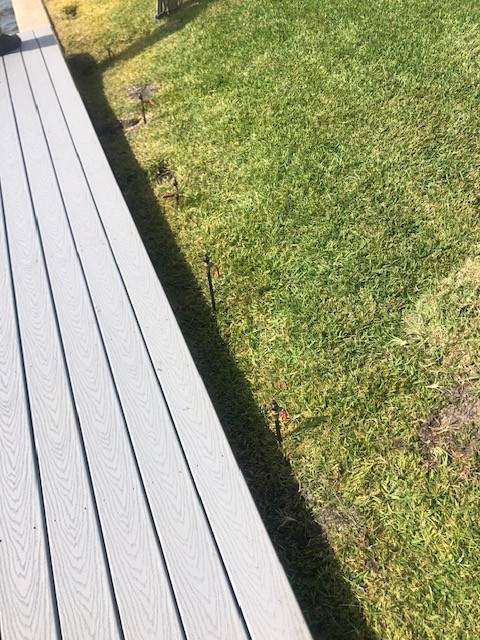Retaining Wall Repairs
Retaining walls and bulkheads are subject to lateral movement, which can cause the walls to lean or bow, affecting the structural integrity. Shifting soil as a result of poor drainage allows for the build-up of moisture, making the soil heavier, which creates hydrostatic pressure on the walls and increases the lateral force directed to the retaining walls. This increase in pressure causes the walls to change shape – leaning or bowing outward.
The type of repair method used is dictated by a variety of critical factors, including materials used to construct the walls, wall height, backfilled soil height, and extent of soil movement. One of the most common repair options for leaning or bowing retaining walls is the installation. The PGI team will determine the cause of the leaning and bowing and ascertain which solution best fits the circumstances.
Seawall & Tieback Application
PGI specializes in the installation of Helical Tieback Anchors – one of the most effective systems available for bulkhead and lateral seawall stability. Helical tieback anchors will reinforce new and existing seawalls without the disruption of the seabed.
The versatility of the helical tiebacks makes them a popular choice for seawall reinforcement. They can be installed from land or water; in a limited-access area. They are designed for site-specific conditions, proof-tested, and immediately loaded without impact on the environment.
Leaking Seawall and Erosion
In landscaped properties, evidence of soil erosion is fairly easy to spot. Upon close inspection, you will often find small-sized sinkholes that begin near seawall foundations. Local grass can sometimes prevent you from seeing this at first glance.
Be on the lookout for cracks in your concrete slab near the seawall and any piles of sand accumulating near the waterside base of your seawall.



